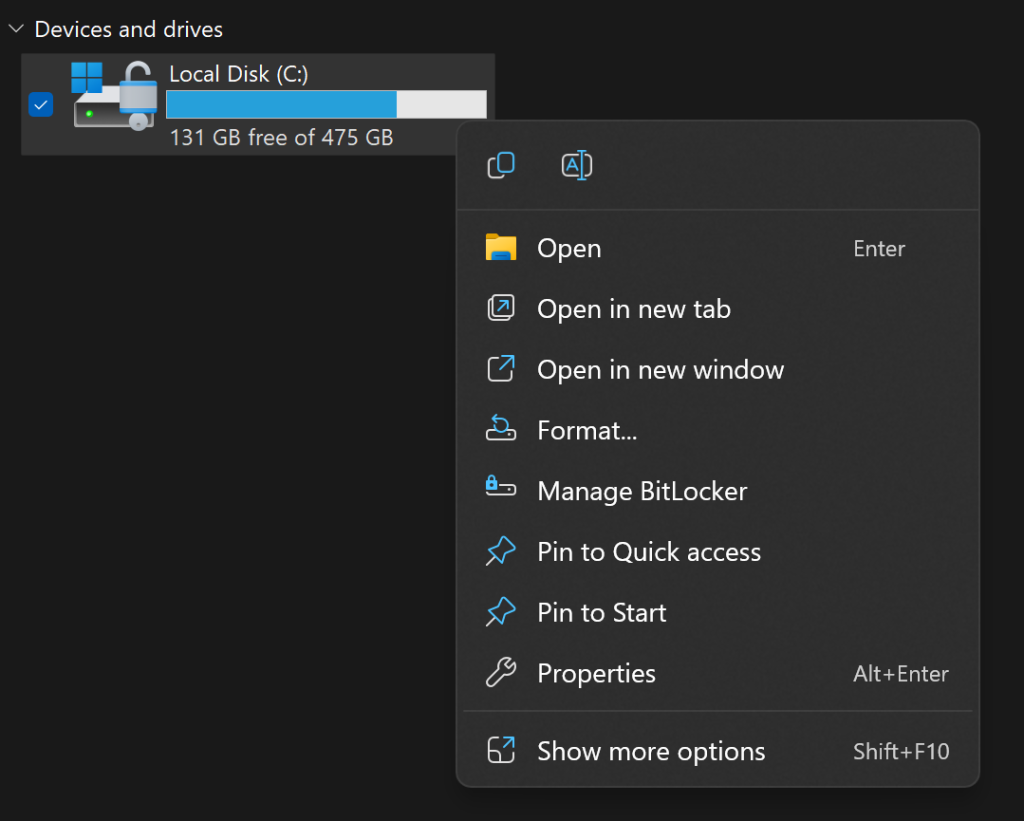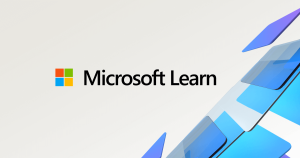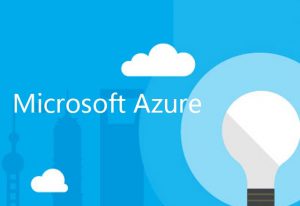
One of the most noticeable changes in Windows 11 is the new right-click menu that appears when you click on a file, folder, or desktop. The new menu is more compact and modern, with rounded corners and icons for common actions. It also integrates with Microsoft’s cloud services, such as OneDrive and Teams. Here are some of the features and tips for using the new right-click menu in Windows 11.
- The new menu shows only the most frequently used commands, such as open, cut, copy, paste, rename, delete, and share. If you want to access more options, you can click on the “Show more options” button at the bottom of the menu, which will open the classic context menu that you are familiar with from previous versions of Windows.
- You can also access the classic context menu by holding down the Shift key while right-clicking on an item. This is useful if you want to quickly access some advanced commands that are not available in the new menu, such as properties, security, or previous versions.
- The new menu has a dynamic layout that adapts to different types of items and screen sizes. For example, if you right-click on an image file, you will see additional commands for editing, printing, or setting as desktop background. If you right-click on a text file, you will see commands for opening with Notepad or WordPad. If you right-click on a folder, you will see commands for opening in a new window or pinning to Quick Access.
- The new menu also supports keyboard shortcuts for faster navigation. You can use the arrow keys to move up and down the menu items, and press Enter to select an item. You can also use the first letter of an item to jump to it directly. For example, pressing S will select the Share command. You can also press Esc to close the menu without selecting anything.
- The new menu is integrated with Microsoft’s cloud services, such as OneDrive and Teams. If you right-click on a file or folder that is synced with OneDrive, you will see commands for managing your online storage, such as freeing up space or viewing online. If you right-click on a file or folder that is shared with Teams, you will see commands for opening or chatting in Teams.
- The new menu is customizable to some extent. You can add or remove items from the menu by using the Registry Editor or third-party tools. However, this is not recommended for novice users, as it may cause system instability or errors. You can also change the appearance of the menu by using different themes or colors in Windows 11 settings.
The new right-click menu in Windows 11 is designed to make your workflow more efficient and convenient. It offers a sleek and simple interface that matches the overall look and feel of Windows 11. It also connects you with Microsoft’s cloud services and apps that enhance your productivity and collaboration. Try it out and see how it works for you!





